Feature | Marathi Dailies warm up for a fresh battle in Pune!
The entry of Maharashtra Times in Pune has made the competition even more fierce, the market currently has well-established players like Sakal, Lokmat and Punyanagari. On one hand Sakal transformed itself into an all colour daily early January and Lokmat reportedly sorted its long overdue friction with the newspaper vendors.
So Adgully caught up with the industry experts to gauge the building competition in the Pune market and if there are any future modifications in terms of price, content or promotions that can be foreseen.
Talking about Sakal's leadership position, Indranil Datta, Head- Marketing, Sakal Media Group, says, "Pune readership is defined by the Marathi dailies where Sakal is the leader across all languages. In last few years, some of the brands have dropped their cover prices to `1 to garner circulation. But Sakal is the only paper which is sold at `3. Yet the brand is growing both in terms of circulation and readership continuously. That demonstrates the equity of the brand which is seldom seen in any other product categories. The average issue readership(AIR) of Sakal, Pune edition is 18. 79 Lac (Source: IRS Q3 2010) and the circulation is 537,085(Source: ABC Jan-June 2010)."
When asked about the readership patters in the Pune market, Kunjesh Parihar, Managing Director, Ad Space Mart Pvt Ltd, says, "In terms of readership numbers in the Pune market Lokmat has gained tremendously whereas Sakal has been able to retain its readers. Maharashtra Times was made available to the readers virtually free with a trial offer of Rs.11 for four months. So the readership pattern to be adjudged at this point in time will be difficult since a new player has just entered the market."
On the other hand, Hiroo Surtani, Partner, Hindustan Advertising, says, "The readership trend for Marathi language newspapers is reducing. Sakal has lost many of it readers over the years because the price is higher than the other newspapers in the market and the newspaper has not innovated much with smaller products. The English newspapers in the market have also been able to attract the younger readers thus the Marathi daily segment has been losing on a potential number of young readers."
So while the readership pattern is changing has the choice of content also seen a significant change over the years?
Datta, says, "Today newspaper has two large components the main editions and supplements. With growing need for localization of content, there are supplements/pages which cater to specific pockets of a city through hyper local content, e.g. Pune Today. So depending upon the time one spends reading a newspaper in the morning, one gets a complete package of news, views and entertainment. That's where a newspaper scores over a magazine product. There is a section of readers who read newspaper for ads.(mainly classified like jobs)."
While Parihar says, "Currently the readers of Pune are overdosed with content. However various genres of content work well with the readers in the Pune market because I must admit that they are 'tasteful readers'. So in the sense of the competition increasing, contentwise readers are only going to gain from it."
Furthermore, he adds that Pune is a retail mature market and sees around 50% advertising weightage from national advertisers. In terms of advertising spends a smaller retailer might spend around 1.5 to 2 lakhs in a month and around 24 lakhs a year for ad space.
Surtani, exclaims that content innovations like advertorials work better in the English newspapers in the market than in Marathi dailies. On the other hand Parihar says that advertorials with a serious tone or placed strategically goes well with the readers' preferences in the Marathi dailies across the Pune market.
Radhika Akolkar, Vice President ' Operations, Xebec Communications Pvt.Ltd., says that with increasing number of players in the market there will be a distribution of advertisers. "Content innovations like advertorials might work better with the newer set of Marathi newspapers," she adds.
Akolkar and Surtani identify FMCG, tourism, television channels, automotive, mobile brands, education and electronics as some of the categories that majorly advertise in the Marathi newspapers in Pune.
With the new players entry and with the growing competition, when asked about Sakal's strategy for the year in the Pune market, Datta, says, "We are passionate about enhancing the value propositions at every level, which should happen with all the stakeholders, including readers and business partners, both. Being an established player, we are no different from others in any category. We need to strike a balance between our loyal readers and the current/future readers which is largely youth."
It will be interesting to see in the months to come the changing content, advertising, circulation and readership patterns in the market. The city of Pune currently has a new player but the same story might repeat itself in other markets across the state as the industry is abuzz with Dainik Bhaskar's entry into Aurangabad with its new Marathi daily Divya Marathi. | By Prabha Hegde [prabha(at)adgully.com]



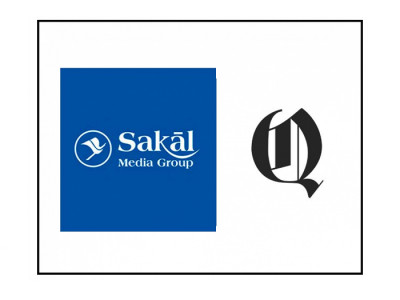
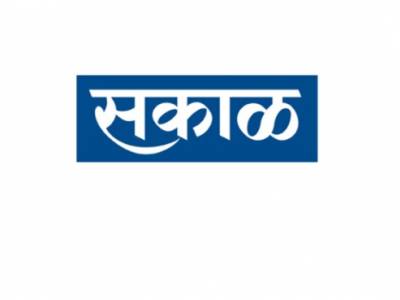
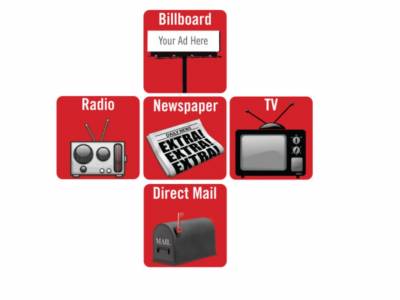




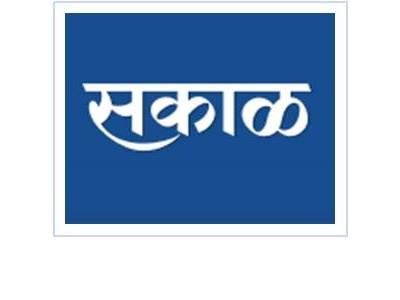
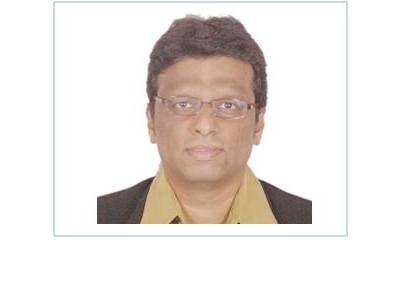


Share
Facebook
YouTube
Tweet
Twitter
LinkedIn